Welcome to the PackLAB portal – The ultimate guide to cardboard packaging.


Welcome to the PackLAB portal – The ultimate guide to cardboard packaging.
In today's business world, packaging is not just about protecting a product; it is a powerful tool for brand recognition, enhancing user experience, and meeting environmental standards. PackLAB is an information portal designed for everyone seeking comprehensive solutions in custom cardboard packaging – from designers and manufacturers to brands looking to stand out with custom packaging.
We created PackLAB to provide you with a one-stop for expert knowledge, trends, and advice on sustainable packaging. With decades of experience in wholesale cardboard packaging production, we provide practical solutions and answer your most common questions about custom cardboard packaging.
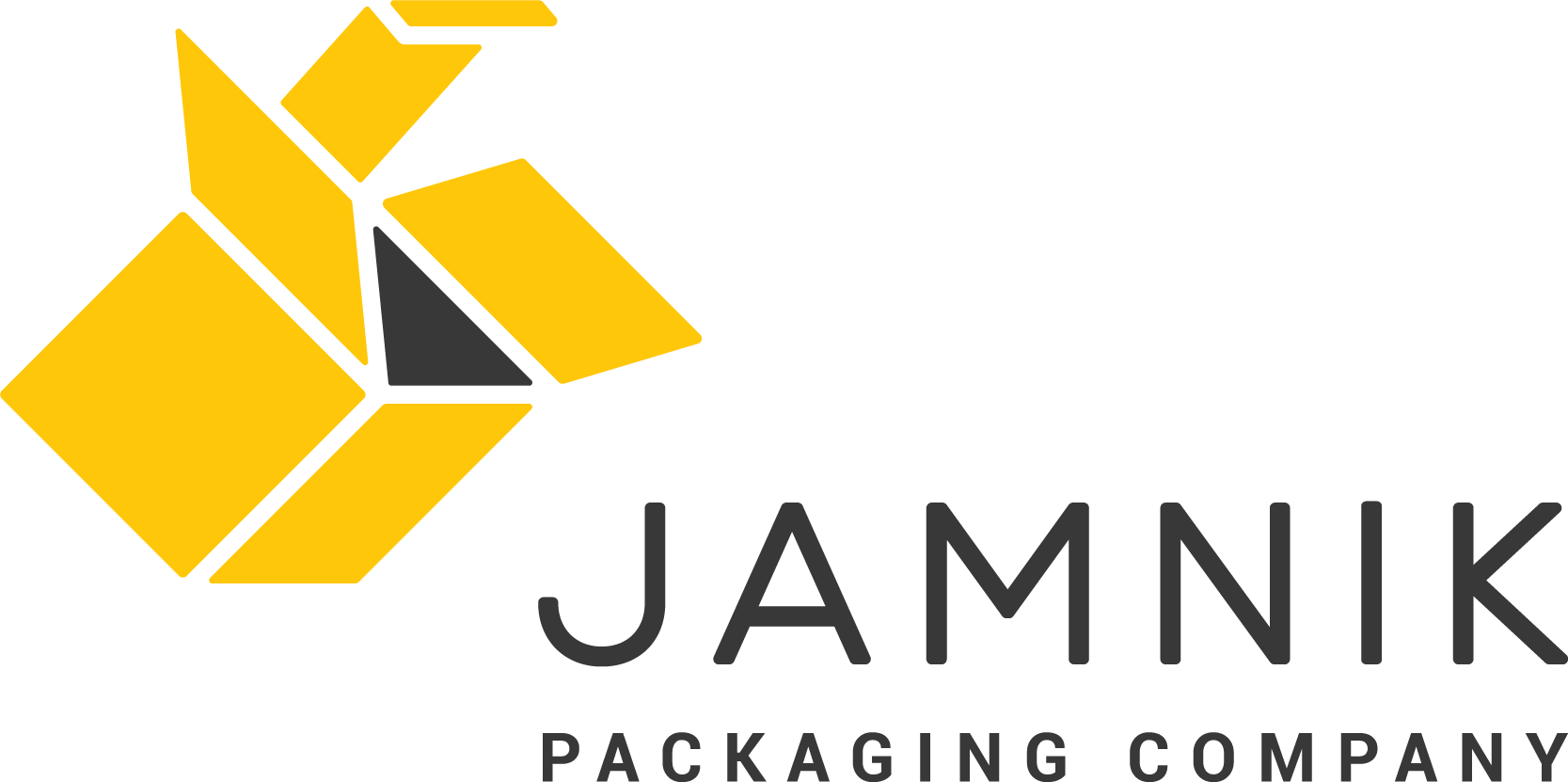
We are a custom cardboard packaging supplier, offering wholesale custom boxing for various industries.
Not only do we produce packaging for industry, but we also offer integrated support in material selection, construction design and cost optimisation to provide you with custom cardboard packaging that is perfectly tailored to your needs.
The PackLAB cardboard packaging portal was born from an idea that came from our sales team. Our goal is to simplify decision-making for customers and consolidate all answers to questions about custom cardboard packaging in one place. We have identified the latest challenges and solutions and documented them on the PackLAB page, all the time adding fresh new content.
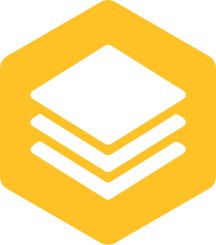
Choosing the right cardboard is crucial for successful cardboard packaging design. Each material has distinct mechanical properties, visual impact, and suitability for various applications, making it essential to understand the differences between them.
You wil learn:
Whether you are looking for packaging for food, cosmetics, electronics or e-commerce, you will find useful information below to help you choose the ideal material.
Read more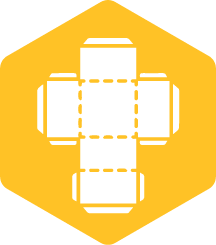
The shape of cardboard packaging plays a crucial role in protecting the product, logistics optimisation, and creating an appealing market presentation. In this section, you will learn about the most commonly used standard cardboard packaging shapes across various industries, from pharmaceuticals and cosmetics to food and technical sectors.
You wil learn:
Each packaging solution can be customised to specific needs – whether it involves special closures, security mechanisms, or compatibility with automated packaging processes. Explore which shape is best suited to your products and how it can help optimise costs while enhancing the user experience.
Read more
Choosing the right printing technique is key to the quality of the final product, cost efficiency, and the visual appeal of custom cardboard packaging. Each printing technology offers unique advantages and limitations, influencing the choice based on print volume, material type, required precision and aesthetic characteristics.
You wil learn:
As each printing technique evolves and improves, it is important to know their current capabilities and limitations. This overview will help you choose the optimal solution for your custom packaging, ensuring both cost-effectiveness and visual appeal.
Read more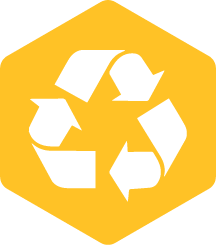
Packaging marks on the cardboard play a crucial role in informing consumers, ensuring legal compliance and promoting sustainable practices.
Various symbols and certifications can be found on cardboard packaging, indicating material type, recyclability, instructions for proper waste disposal,
safety and quality standards, and compliance with EU regulations. Some marks are mandatory, while others are voluntarily included by companies to enhance
transparency and consumer trust.
This section covers the most commonly used cardboard packaging marks, their meaning, and their rules for use. We will explain the differences between
mandatory and voluntary packaging marks and provide examples of where and how to correctly place them on printed cardboard packaging.
Additionally, you will find links to extra resources and PDF documents that will help you design packaging in compliance with current standards.
Whether you are developing packaging for food, cosmetics, electronics, e-commerce, or other products, understanding these labels will contribute
to better legal compliance and greater environmental responsibility for your company.
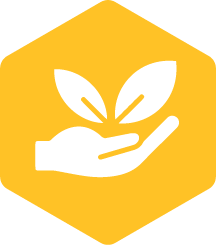
In today's world, sustainability and responsible resource management are crucial for the long-term success of businesses.
The circular economy represents a shift from a linear model of production and consumption to a system where materials and products remain in use for as long as possible.
This means reusing, repairing, recycling, and designing them in a way that prevents them from becoming waste at the end of their life cycle,
instead turning them into raw materials for new products.
The paper and cardboard industry plays a key role in the transition to a circular economy, relying on renewable raw materials, energy efficiency, and recycling.
Responsible forest management and innovative technologies help minimise environmental impact while production processes become more efficient.
At Jamnik, we are committed to sustainable business practices at all levels – from carefully selecting raw materials and reducing our carbon footprint to employee welfare
and optimising logistics processes. Read on to learn how we put the circular economy and sustainability goals into practice.